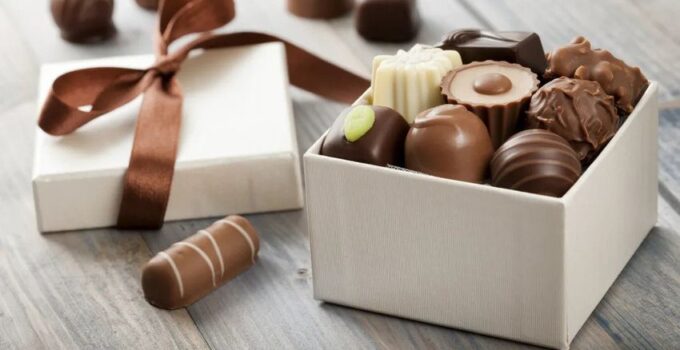Cardboard might be something we take for granted, but it’s probably more amazing and useful than we even realize. Not only does it come in various sizes and forms, but it also helps keep products safe, our food fresh, and generally makes our lives a lot easier and convenient.
The first cardboard box was used for a German board game and was invented in 1817 in England, even though it was just a simple paperboard box, one that was not corrugated (shaped into a number of parallel ridges or grooves in order to give something strength and rigidity).
Corrugated cardboard boxes started being used in the 1870s for handling and shipping fragile materials. Soon after machines started mass producing corrugated boards and during the 1890s, pre-cut single pieces of board that could be folded into boxes were invented. This is how the cardboard boxes we all know and love today came to be.
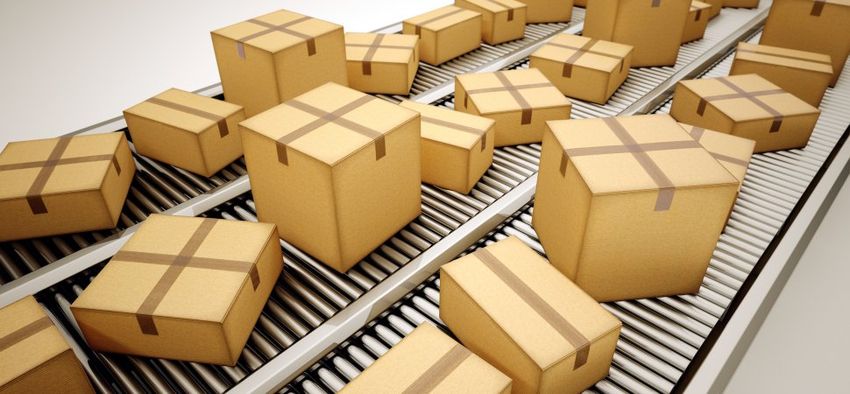
So how has cardboard packaging changed our world?
Page Contents
Product protection
Numerous manufacturers use cardboard packaging, especially when it comes to high-quality goods. The rigidness of the material keeps objects in place, it protects from moisture, and also acts as a stable cushion, so it is perfect for protecting products from any kind of damage.
Shipping of goods
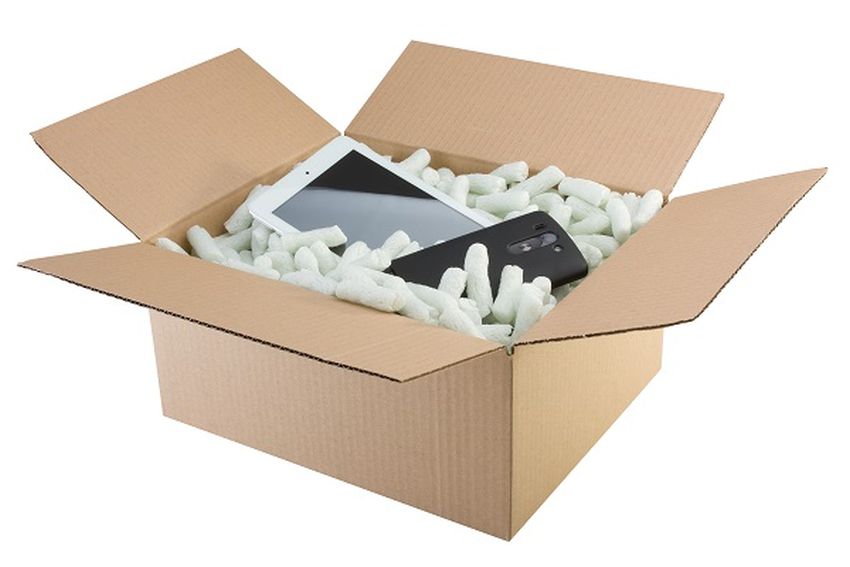
source:corneredgeproducts.com
In the past, the number of goods that could be shipped at once was severely limited, because wooden crates were used. This is one of the reasons cardboard packaging has been extremely crucial for the industry. They are easy to assemble and seal, at the same time being lightweight and economical to make. This also significantly reduces shipping costs which enable consumers easier access to goods without even having to leave their homes or pay a lot of money for shipping.
Safety and freshness of food
Not only does cardboard packaging extend the shelf life of many products, but it also enables easier storage and shipping. Around 60 percent of annual cardboard material production is used for food packaging, mostly for storing beverages, dry or frozen foods, candy, and many more. Corrugated cardboard also keeps fresh foods safer too, since it has been proven by research that they are less likely to contaminate food.
Branding and customization
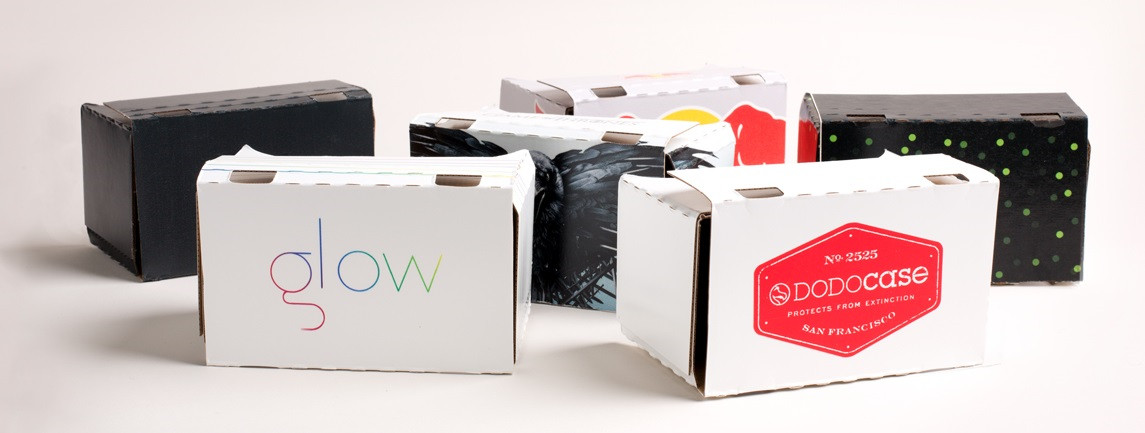
source:roadtovr.com
Corrugated cardboard is extremely flexible. Its size and shape can be made to fit any product, and it is extremely easy to print on. By using numerous colors, designs, and logos, it is a great way to make one’s brand stand out and become easily recognizable, at the same time making the product more appealing to consumers. If you want some ideas about how you can customize cardboard packaging, you can visit IMColorPrint.com.
Marketing and advertisement
Customizing cardboard packaging is a great way to separate oneself from its competitors. It is also great for attracting potential customers since for many, a well-designed packaging is what makes them decide to buy a product in the first place.
Recycling and the reduction of waste
Cardboard packaging can be made from recycled material and it is also recyclable in itself. This is also an advantage for consumers, since they are easy to dispose of, and there are many places where you can recycle them. It also reduces waste because cardboard can be repurposed for other things, for example for storing something you don’t need, but don’t want to get rid off.
Shelters
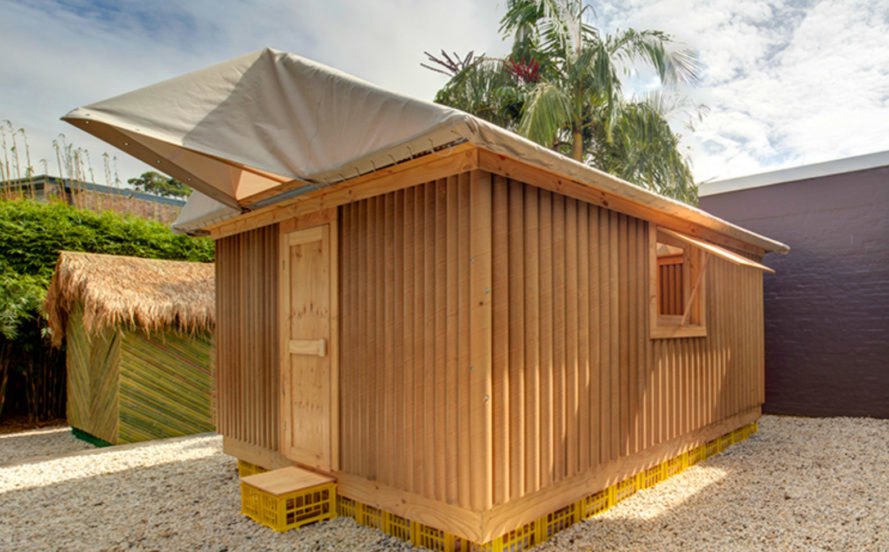
source:inhabitat.com
Cardboard is not only useful for making shelters during disaster relief, but they can also provide a short-term solution for people without a home. Until they find a more suitable place to live, these temporary shelters can make a big difference, especially during rough weather.
Excitement and imagination
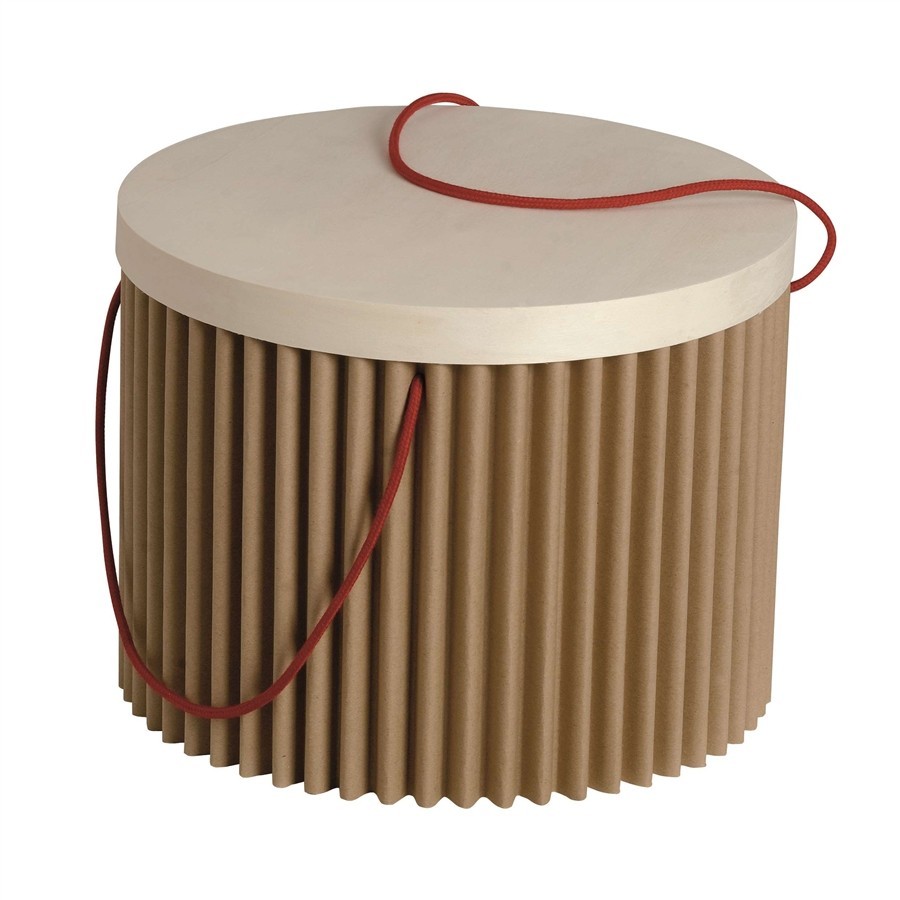
source:yeseatis.com
Gift boxes take longer to open, so they are great for building anticipation and making the person feel excited. Cardboard can stimulate children’s creativity since in their eyes it could become many things.
As seen above, cardboard product packaging has in many ways changed our world and it will probably continue to change it for a long time in the future.

